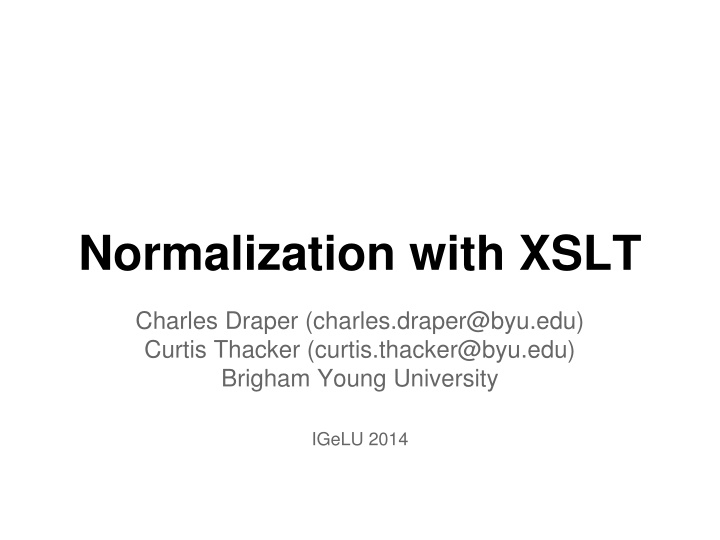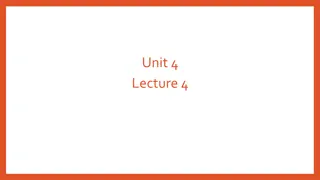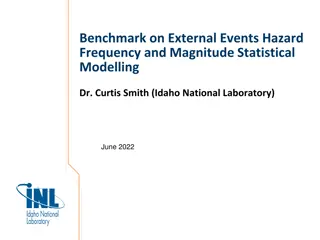
XSLT Transformation Tips and Tools
Discover the power of XSLT with tips on overcoming obstacles, improving performance, and enhancing flexibility. Learn how to use XSLT for normalization and explore practical examples. Get started by downloading essential tools and extensions like Saxon for efficient transformations.
Download Presentation

Please find below an Image/Link to download the presentation.
The content on the website is provided AS IS for your information and personal use only. It may not be sold, licensed, or shared on other websites without obtaining consent from the author. If you encounter any issues during the download, it is possible that the publisher has removed the file from their server.
You are allowed to download the files provided on this website for personal or commercial use, subject to the condition that they are used lawfully. All files are the property of their respective owners.
The content on the website is provided AS IS for your information and personal use only. It may not be sold, licensed, or shared on other websites without obtaining consent from the author.
E N D
Presentation Transcript
Normalization with XSLT Charles Draper (charles.draper@byu.edu) Curtis Thacker (curtis.thacker@byu.edu) Brigham Young University IGeLU 2014
What is XSLT? A language for transforming an XML document into another XML Document.
Simple XSLT Example ----Source XML Document---- <record id="12345678"> <title>A Very Simple Record</title></record> ----Output XML Document---- <record> <control> <sourcerecordid>12345678</sourcerecordid> </control> <display> <title>A Very Simple Record</title> </display></record> ----XSLT---- <xsl:stylesheet version="2.0" xmlns:xsl="http://www.w3.org/1999/XSL/Transform"> <xsl:template match="record"> <record> <control> <sourcerecordid> <xsl:value-of select="@id" /> </sourcerecordid> </control> <display> <xsl:copy-of select="title" /> </display> </record></xsl:template></xsl:stylesheet >
Why XSLT? 1. XSLT is a programming language and therefore gives added flexibility and power when creating the PNX. 2. Only one copy of the rules needed when working with multiple institutions. Use if-else statements for differences between institutions. 3. Some normalization rules can be extremely lengthy and very complex. The logic can be greatly simplified through the power of XSLT.
XSLT File Splitter An extension of the built-in XML File Splitter that performs XSLT transformations at harvest time.
Overcoming Obstacles Performance Transformation performance is greatly enhanced by using Michael Kay s XSLT processor, Saxon. Memory consumption The transformation takes place on individual records after the file has been split; not on the collection. Complexity XSLT is a programming language so there's no getting around that; however, XSLT rules can be easier to maintain than normalization rules. Flexibility Using a more advanced XSLT processor like Saxon allows one to use XSLT 2.0 (free) or even XSLT 3.0 (paid). These technologies give an enormous amount of flexibility.
Getting Started 1. Download the jar file for the splitter from https://bitbucket.org/byuhbll/lib-java-xsltfilesplitter/src 2. Download Saxon-HE (saxon9he.jar) from http://saxon.sourceforge.net/ 3. Copy both jars to your Primo server into /exlibris/primo/p#_#/ng/primo/home/profile/publish/publish/p roduction/conf/fileSplitter/lib
Getting Started (continued) 4. Copy the sample marc folder of XSL from https://bitbucket.org/byuhbll/lib-java-xsltfilesplitter/src to somewhere on your Primo server 5. Customize the XSLT for your institution 6. Ready your XML like normal for harvest
Getting Started (continued) 7. Add file splitter to mapping tables
Getting Started (continued) 8. Configure the file splitter
Getting Started (continued) 9. Create 1:1_XML Normalization mapping set
Getting Started (continued) 10. Setup your data source and pipe to use the XSLT File Splitter
















